Ukraine’s wounded soldiers escape war at Putin’s favourite Greek mountain
Putin has previously said he was proud to have sponsored projects on Athos
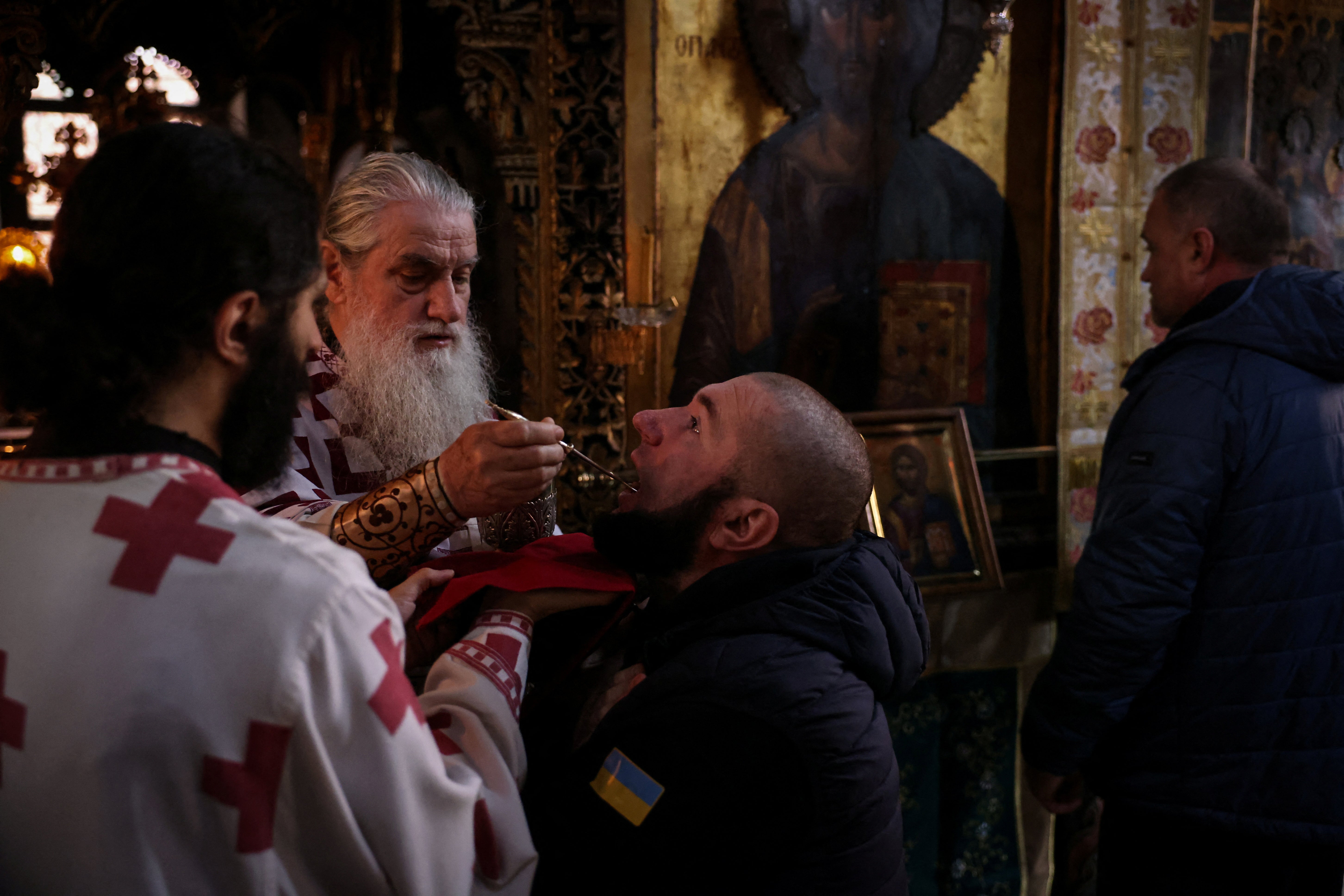
Your support helps us to tell the story
From reproductive rights to climate change to Big Tech, The Independent is on the ground when the story is developing. Whether it's investigating the financials of Elon Musk's pro-Trump PAC or producing our latest documentary, 'The A Word', which shines a light on the American women fighting for reproductive rights, we know how important it is to parse out the facts from the messaging.
At such a critical moment in US history, we need reporters on the ground. Your donation allows us to keep sending journalists to speak to both sides of the story.
The Independent is trusted by Americans across the entire political spectrum. And unlike many other quality news outlets, we choose not to lock Americans out of our reporting and analysis with paywalls. We believe quality journalism should be available to everyone, paid for by those who can afford it.
Your support makes all the difference.The Ukrainian soldiers arrived in Greece with marks of war - one with a head scar, another with both legs amputated above the knee, some with invisible mental wounds from a three-year conflict that has ravaged their homeland.
The men, 22 in all, had taken a bus more than 1,000 km (620 miles) from the Ukrainian city of Lviv to a monastery built on a cliff on the mountainous Athos peninsula in northern Greece, where they hoped to escape haunting memories of the battlefield.
In their four-day stay, part of a psychological support programme organised by Ukrainian authorities, the soldiers made a pilgrimage to some dozen monasteries on the slopes of Mount Athos, a spiritual centre since the 10th century.
The Russian Orthodox Church has long ties with Athos and in 2016 President Vladimir Putin visited to mark 1,000 years since Russian monks first settled there. But NATO member Greece has backed Ukraine in the war, souring relations with Moscow. The Ukrainian soldiers only visited Greek Orthodox sites.
The region has been described as semi-independent from Greece.
“A lot of servicemen suffer from the events that took place over the last three years. A lot of them suffer from different illnesses, they are wounded, and we have to rehabilitate them,” said Father Mykhailo Pasirskyi, a Ukrainian Orthodox priest who accompanied the men on their trip.
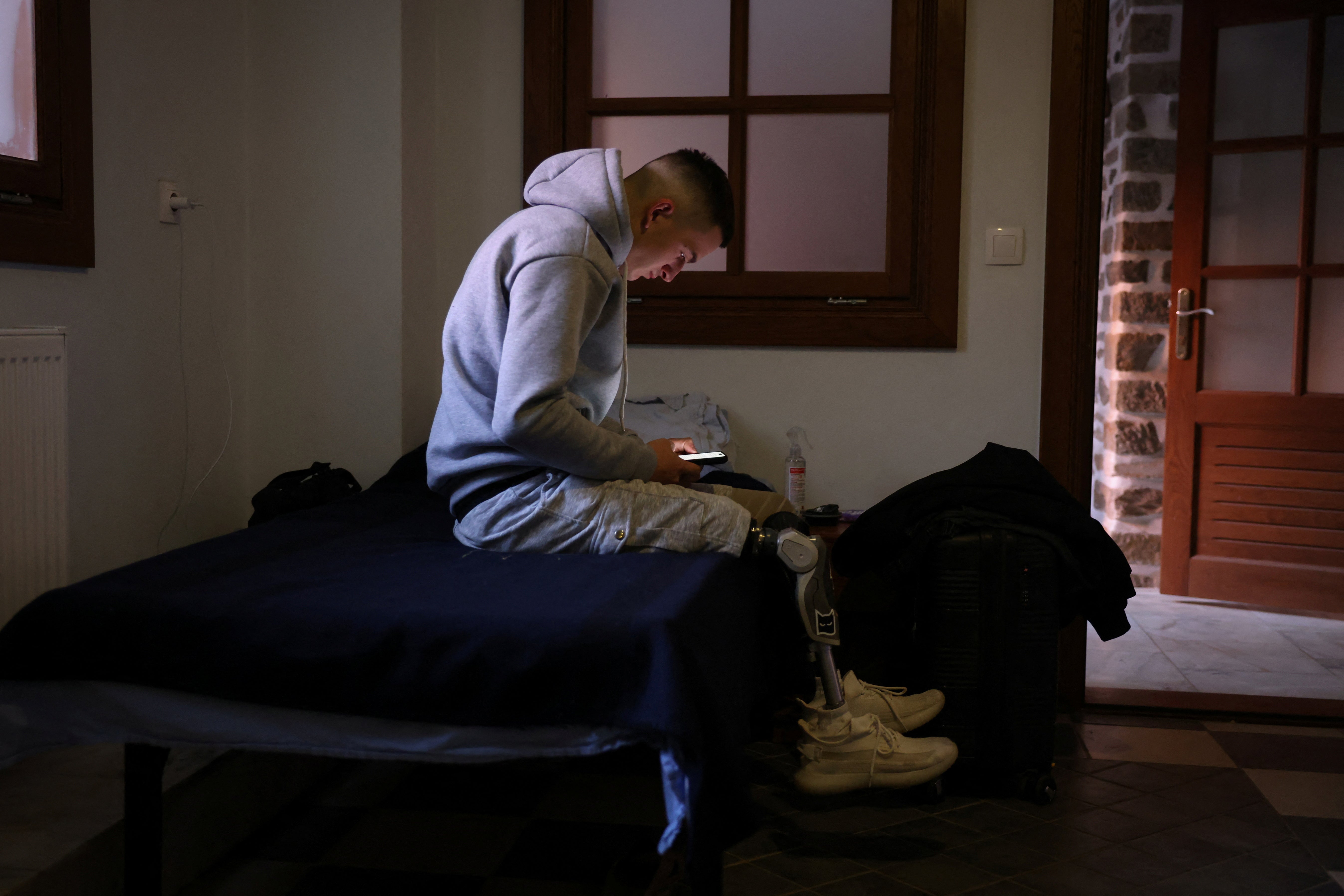
Russia’s full-scale invasion of Ukraine in February 2022 started the deadliest war on European soil in more than 70 years. By August 2024, the UN Human Rights Monitoring Mission in Ukraine had documented nearly 12,000 civilians killed and more than 24,000 wounded in Ukraine. Russia denies targeting civilians.
Ukrainian President Volodymyr Zelenskiy said in December 2024 that 43,000 Ukrainian service members had been killed and 370,000 wounded. He added Russia had lost almost 200,000 troops. Moscow has not disclosed its losses, but has said such estimates are vastly exaggerated.
Ivan Kovalyk was taking a break on the front line in September 2023 when the soldiers who relieved him asked him to bring a radio, food and water. As he fetched the belongings, a shell exploded nearby. Kovalyk, 22, lost both legs below the knee and now walks on prosthetic limbs.
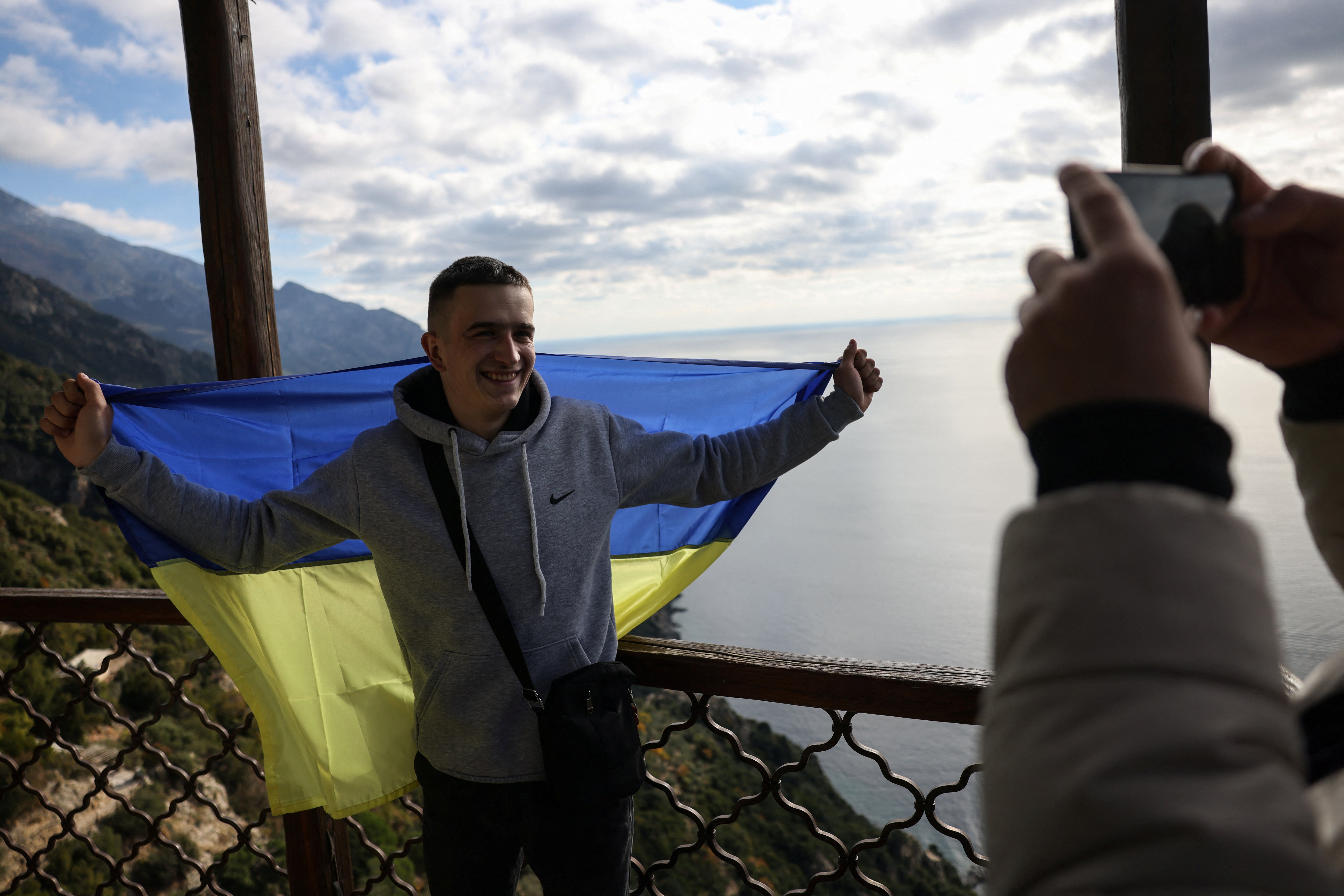
Fellow soldiers carried him across the uneven cobblestones and up the narrow staircases of the Athos monasteries. But generally he walked without aid and remains positive about his condition.
“Of course, it helped a lot, because it helped me to relieve stress,” he said of the visit to Athos, which he plans to repeat.
“There was always support from relatives, from friends, brothers-in-arms, support from the state, without that it would not have been possible.”
Athos has been a spiritual home of the Orthodox Church since Byzantine times. The area was added to the UNESCO World Heritage list in 1988. Some ancient customs abide: to this day, only men are allowed to visit.
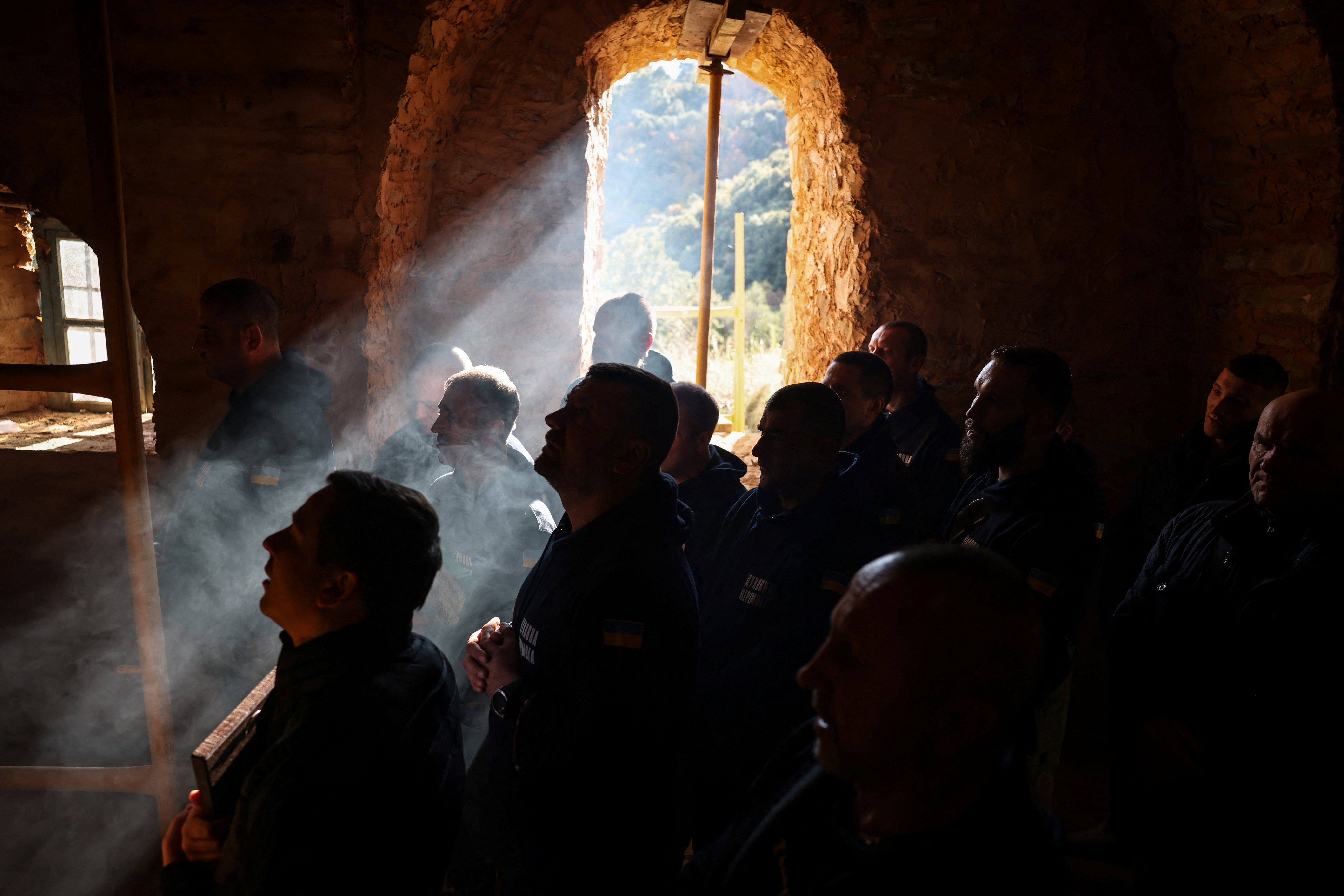
To reach the imposing cliffside monasteries, the soldiers drove the winding lanes of the peninsula, up and around the tree-lined mountains that slope into the Aegean Sea.
They took communion shoulder to shoulder in small chapels with thick stone walls, whose narrow windows allowed enough light to pierce the thick incense. They made lists on rectangular pieces of paper of loved ones they wanted to pray for. Between services, they talked, smoked and took photos from balconies overlooking the sea.
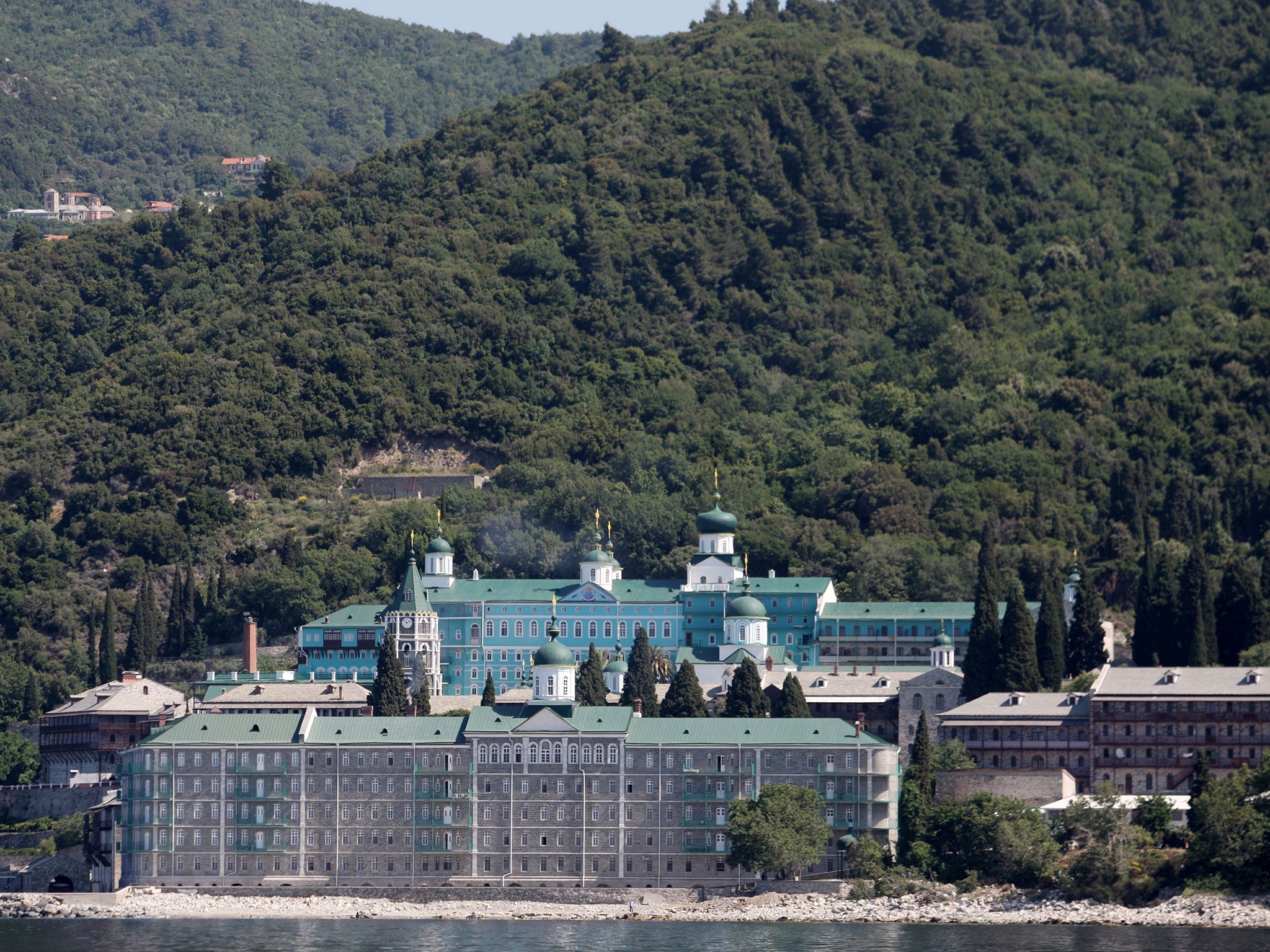
“We already see that these five days spent on Athos will replace at least a year of rehabilitation in Ukraine, in hospitals or other medical centres,” said Orest Kavetskyi, a Lviv regional official who helped organise the trip.
“When I visited Athos, I felt God’s grace, God’s blessing, the greatness of Athos.”
Join our commenting forum
Join thought-provoking conversations, follow other Independent readers and see their replies
Comments